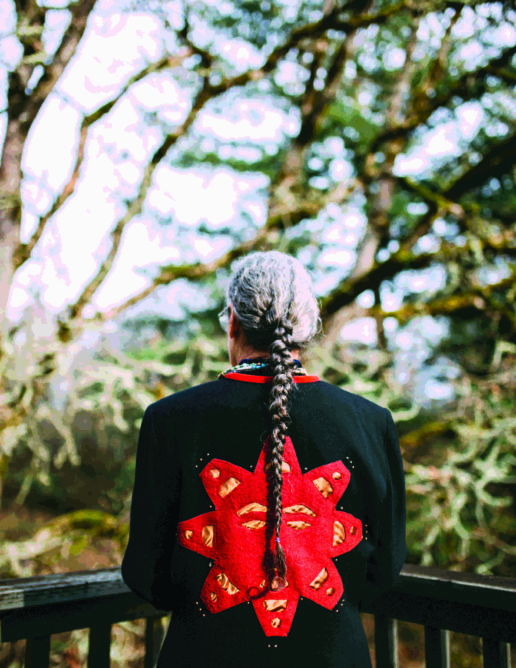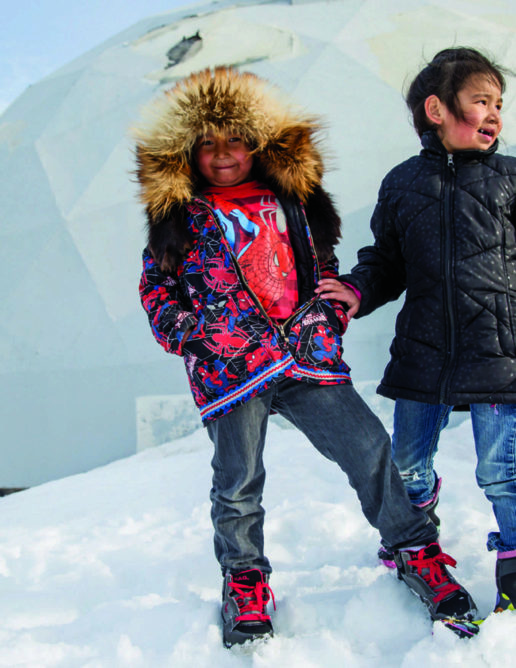Sweet Stuff
Through a trial role play in a high school science class, students explore who — or what — is to blame for the rise of epidemics related to increased sugar consumption.

Through a trial role play in a high school science class, students explore who — or what — is to blame for the rise of epidemics related to increased sugar consumption.

Tennessee teacher Jen Sauer interviews Cherokee teacher Nichole Efird about how to bring Indigenous culture and knowledge into the preschool classroom.

First graders learn about accessibility and empathy through constructing emergency signals.

A high school science teacher revises her lesson on the USPHS Untreated Syphilis Study at Tuskegee to center resistance.

Layering maps, a former high school science teacher illustrates spatial injustice in air quality and highway construction.

An 8th-grade teacher creates inclusive resources about human reproduction with his students.

A high school teacher helps her students explore how DNA testing is used to free innocent people from prison and how science can support justice.

Ninth graders develop science literacy as they become neighborhood environmental experts and activists.

San Francisco fourth graders learn about global warming and take action to save the polar bears.

Children’s books that promote environmental education in the primary grades.

Helping kids who’ve grown up in the truck culture” examine climate change.
“

This content is restricted to subscribers

An ordinary spider assists a multilingual third-grade classroom.

A Rethinking Schools editor explores the environment’s effects on her students’ health in the classroom.

Oogenesis? Heterozygous? Science vocabulary can be difficult for students, especially English language learners. A science teacher describes how she reorients science classrooms to make vocabulary accessible.

A biology teacher focuses on how rethinking classroom language around gender and reproduction can impact inclusion.

The third installment of our new environmental justice column celebrates the annual two-day Climate Justice Fair at Madison High School in Portland.

A physics teacher uses student research and other exercises to urge his high school class to wrestle with race, privilege, and representation.

A teacher shows his 3rd- and 4th-grade students the Heartland Institute’s climate change denial book that was sent to every science teacher in the nation.

A journalist explores the way Indigenous language and community is connected to the classroom in several communities in Alaska, and explores how educators there have built new frameworks to fight against Eurocentric curriculum.
A teacher adapts the “Climate Change Mixer” designed for older students as a springboard for a unit on global warming and climate justice.
A science teacher in Washington, D.C., overcomes her students’ fear of nature by turning them into avid birdwatchers.

An early elementary school teacher combines a science lesson and poetry to encourage children to celebrate their own skin tone and that of their classmates.

By Bill Bigelow This story is part of Covering Climate Now, a global collaboration of more than 250 news outlets to strengthen coverage of the climate story. A while back, I […]

Five years in the making, A People’s Curriculum for the Earth is a collection of articles, role plays, simulations, stories, poems, and graphics to help breathe life into teaching about the environmental crisis. The book features some of the best articles from Rethinking Schools magazine alongside classroom-friendly readings on climate change, energy, water, food, and pollutionÑas well as on people who are working to make things better. A People’s Curriculum for the Earth has the breadth and depth of Rethinking Globalization: Teaching for Justice in an Unjust World, one of the most popular books we’ve published.
At a time when it’s becoming increasingly obvious that life on Earth is at risk, here is a resource that helps students see what’s wrong and imagine solutions.